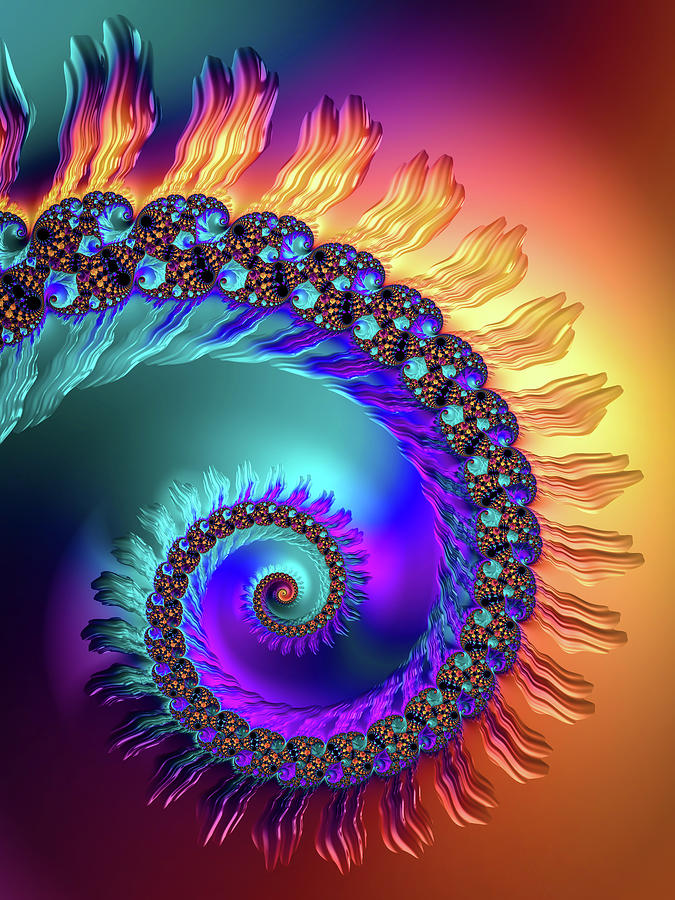
Woodruff suggested the name "spiral" in reference to the Archimedean spiral that "moves outward embracing all directions, yet continually upward". Earl Miller - painting, pencil drawings.

William Majors - drawing, painting, paper collages, 3D canvases.Reginald Gammon - oil paints, watercolors, drawings, and prints.Charles Alston - painter, sculptor, illustrator, and teacher.Hale Woodruff - murals, paintings, prints.Romare Bearden - collages, watercolors, oils, and prints.Ī few more of the works on display at the Birmingham Museum of Art.
#Spiral art full#
The exhibition looks at the way the Spiral collective came into its own during a period of American history full of unrest, and the varied visual responses of African-American artists. But interest in the group was rekindled by a group exhibition of the collective in Birmingham and New York in 2010-2011, and the associated catalogs. The Spiral group was relatively ignored in much traditional art history since its demise. Bearden had suggested the exhibition's black-and-white theme because it comprised both socio-political and formal concerns. The exhibition was in part a response to the trend of major art institutions to overlook the work of African-American artists. The group's only exhibition was May 14 through June 5, 1965, titled First Group Showing: Works in Black and White. Although the group was active for only a short time, Spiral proved to be important as an historical initiative, and was one of the first artist groups to call for the cultural community's involvement in social change. But because the group used different techniques and mediums in their works, they decided that there would be other ways to impact the movement. Bearden expressed the want of collaborating on a collage.

Several started to experiment with abstraction as they grew as artists and began working more closely together. In the years leading up to the formation of Spiral, most of the artists were doing figurative work.


The collective allowed for a shared response to the courage that defined the struggle for civil rights. The artists in the group were moved to come together and discuss their own engagement in the struggle for civil rights, even though each found engagement in a different way. While they did agree that their place, as artists, in the civil rights movement was important, they had differing views on what that place would be. Soon afterward, their efforts turned toward aesthetic concerns, including what author Ralph Ellison called a "new visual order." The members of the group were at varying stages in their careers when they first started meeting. Initially the group was concerned with logistical issues, such as obtaining buses to travel to the March on Washington in the summer of 1963. The group was initiated after artists Romare Bearden and Hale Woodruff invited other artists to discussions in Bearden's loft. History Īctive from the summer of 1963 through 1965, the group of artists met weekly to discuss the role of African-American artists in politics and the civil rights movement, as well as in the larger art world, and organized one group exhibition. A few of the paintings on display at the Birmingham Museum of Art in Birmingham, Alabama.


 0 kommentar(er)
0 kommentar(er)
